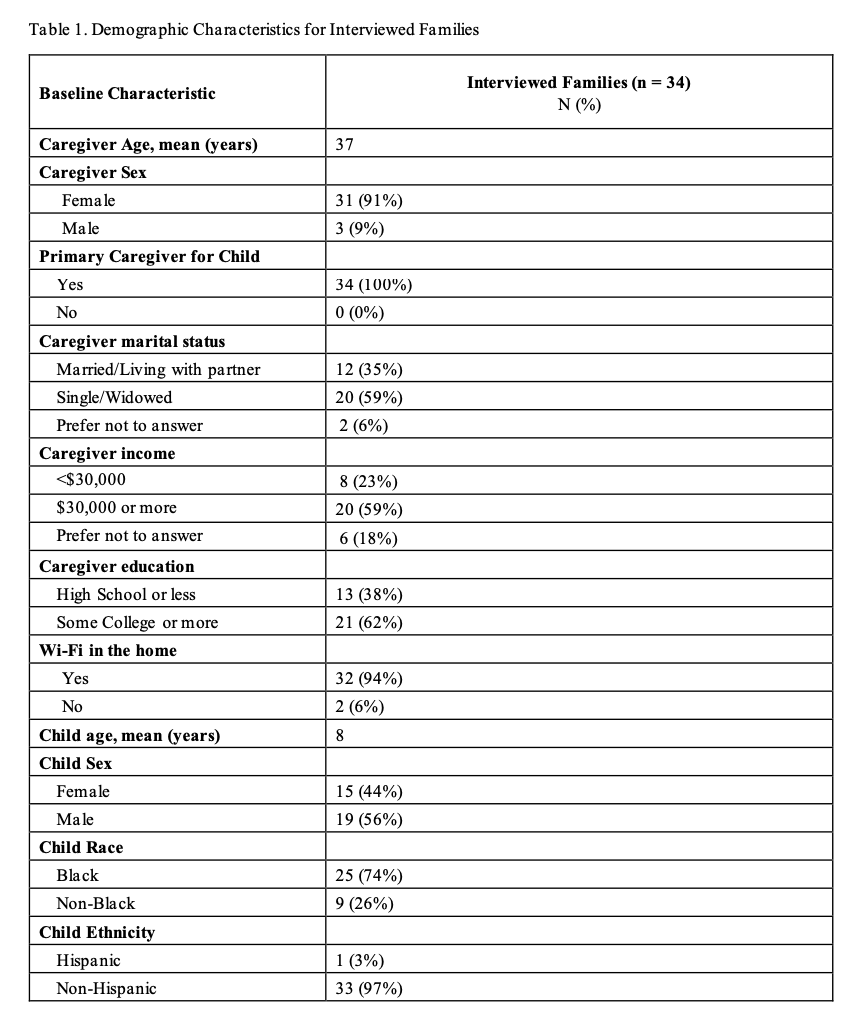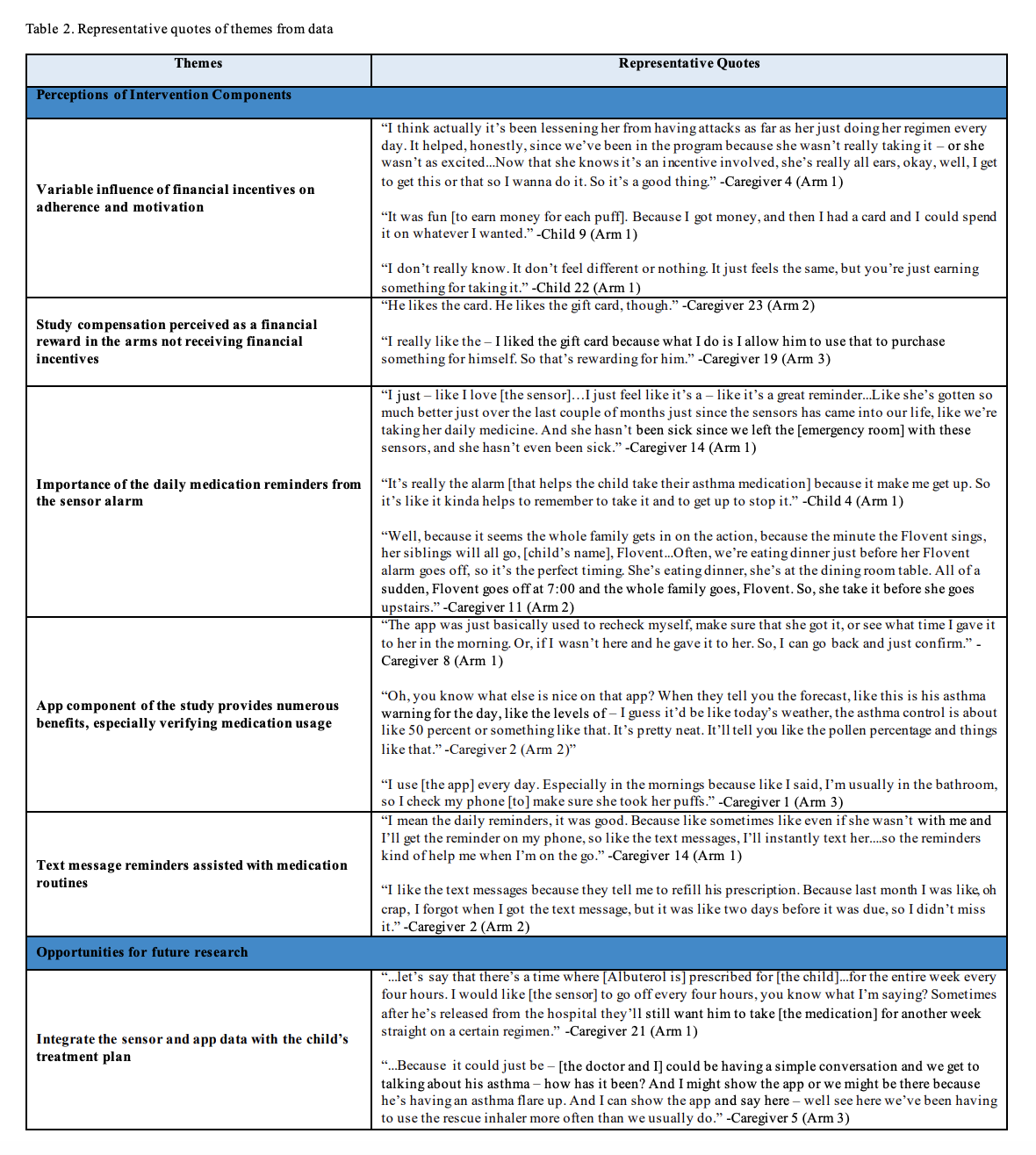Asthma
Session: Asthma 2
199 - Caregiver and Child Perceptions of a Financial Incentive-Enhanced Intervention to Improve Asthma Maintenance Medication Adherence
Friday, May 3, 2024
5:15 PM - 7:15 PM ET
Poster Number: 199
Publication Number: 199.374
Publication Number: 199.374

Mishaal Yazdani (she/her/hers)
Clinical Research Assistant
Childrens Hospital of Philadelphia
Oak Park, Illinois, United States
Presenting Author(s)
Background: Despite their well-established efficacy in reducing asthma exacerbations, inhaled corticosteroid (ICS) medication adherence is suboptimal, particularly in minoritized children who tend to have higher asthma burden. A recent financial incentive-enhanced multicomponent mobile health intervention improved ICS adherence for children with high-risk asthma. However, little is known about caregiver and child perceptions of how financial incentive-enhanced adherence interventions may influence parent and childhood adherence behaviors.
Objective: To understand caregiver and child experiences with a financial incentive-based intervention, specifically which intervention components may have influenced ICS adherence behavior.
Design/Methods: We conducted 34 semi-structured interviews with a sub-sample of caregiver and child participants from the Tailored Adherence Incentives for Childhood Asthma Medications (TAICAM) randomized controlled trial. Participants were selected randomly from each of the 3 study arms; intervention components included gain-framed financial incentives (Arm 1 only), daily text message-based adherence reminders (Arms 1, 2), and electronic medication monitoring with inhaler sensor and app (Arms 1, 2, 3). Interviews assessed the perceived influence, or lack of influence, that the intervention components had on child ICS medication use behaviors.
Results: Of the 34 semi-structured interviews that were conducted, 25 interviews were conducted with both the caregiver and the child and 9 were conducted with just the caregiver. Many caregivers and children who received gain-framed financial incentives reported that incentives increased child motivation to take daily ICS, but this effect was also perceived in some families in the control conditions who received only monthly compensation for study involvement. Families also linked electronic sensor alarms and text messages to new individual or family routines that improved adherence behaviors.
Conclusion(s): Caregivers and children from the TAICAM trial shared mainly positive perceptions of the multicomponent intervention and some perceived the financial incentive as a strategy to improve medication adherence; however, some participants viewed any study compensation as a financial incentive for medication adherence, regardless of their study arm assignment. These qualitative findings provide insight on the delivery of the intervention to families and how future interventions can be designed to enhance medication adherence for children with high-risk asthma.


